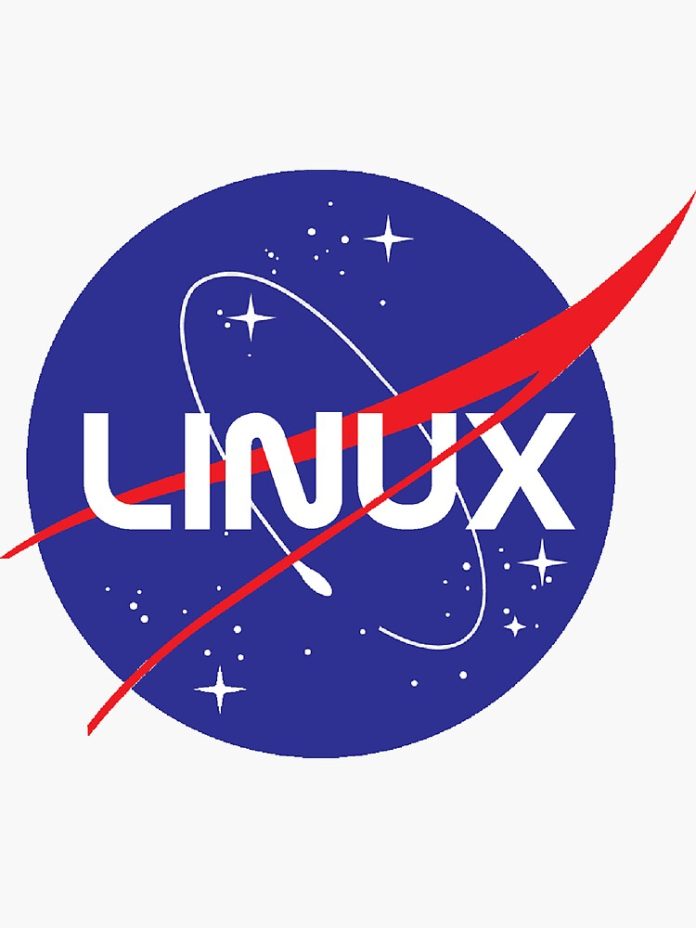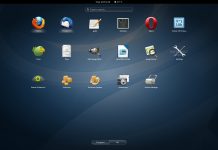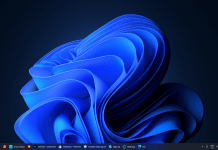As a technology enthusiast, I have always been fascinated by the operating systems that power our devices and facilitate complex tasks. One particular operating system that stands out in the realm of scientific research and exploration is Linux. This open-source platform has gained prominence in various fields, including aerospace, where it has earned the nickname “NASA OS.” In this article, I will delve into the reasons behind this designation, explore the features of Linux that make it suitable for NASA’s missions, and provide insights into its broader impact on technology and research.
What is Linux?
Linux is an open-source operating system that was created by Linus Torvalds in 1991. Unlike proprietary operating systems, Linux is freely available for anyone to use, modify, and distribute. This flexibility has contributed to its widespread adoption in various sectors, including education, business, and research. The Linux kernel, which serves as the core of the operating system, is known for its robustness, security, and versatility.
Why NASA Chooses Linux
1. Reliability and Stability
One of the primary reasons NASA relies on Linux is its reliability and stability. When it comes to space missions, the margin for error is minimal. Linux has a proven track record of running critical systems without failure, making it an ideal choice for mission-critical applications. For instance, the Mars rovers and other spacecraft utilize Linux to ensure smooth operation during their missions.
2. Open Source Advantage
The open-source nature of Linux allows NASA to customize the operating system according to its specific needs. This adaptability is crucial for developing software that can withstand the unique challenges of space exploration. NASA can modify the source code to enhance security, improve performance, or add new features without having to rely on external vendors.
3. Cost-Effectiveness
Budget constraints are a significant concern in the aerospace industry. By using Linux, NASA can significantly reduce software licensing costs. The availability of free tools and applications in the Linux ecosystem also allows NASA to allocate resources more efficiently, focusing on research and development rather than software expenses.
4. Strong Community Support
Linux boasts a vast and active community of developers and users. This community support means that NASA can access a wealth of knowledge, resources, and tools that can aid in problem-solving and innovation. Furthermore, the collaborative nature of open-source development fosters rapid advancements and improvements.
Linux in NASA’s Projects
1. Spacecraft and Rover Missions
Several NASA missions have successfully employed Linux in their operations. For example, the Mars Exploration Rovers (MER) utilized a version of Linux to manage their systems and communicate with Earth. The flexibility of Linux allowed engineers to develop custom software that could adapt to the challenges faced on the Martian surface.
2. High-Performance Computing
NASA’s supercomputers, which are essential for analyzing vast amounts of data collected from space missions, also run on Linux. For example, the Pleiades supercomputer, one of the most powerful in the world, uses a Linux-based operating system. This environment enables NASA scientists to conduct complex simulations and analyses that drive advancements in aerospace technology.
3. Research and Development
In addition to mission-critical applications, Linux plays a vital role in NASA’s research and development efforts. Many scientific simulations, data analysis tools, and visualization applications are developed using Linux, enabling scientists to push the boundaries of our understanding of the universe.
The Broader Impact of Linux
1. Education and Training
Linux’s prominence in the aerospace sector has had a ripple effect on education and training. Many universities and technical schools have adopted Linux as part of their curriculum, preparing students for careers in technology and aerospace. This educational focus helps cultivate the next generation of engineers and scientists who will contribute to future space exploration.
2. Open Source in Other Industries
The success of Linux in NASA has inspired other industries to adopt open-source solutions. Fields such as healthcare, finance, and telecommunications are increasingly leveraging open-source software to enhance their operations, reduce costs, and foster innovation. As more organizations recognize the benefits of open-source technology, the impact of Linux will continue to grow.
Conclusion
In conclusion, Linux’s reputation as “NASA OS” is well-deserved. Its reliability, flexibility, cost-effectiveness, and strong community support make it an ideal choice for the demanding environment of space exploration. As I reflect on Linux’s impact on NASA and the broader technology landscape, it is clear that this operating system will continue to play a pivotal role in shaping the future of research, innovation, and exploration.
Additional Resources
For those interested in learning more about Linux and its applications in aerospace and other fields, I recommend checking out the following resources:
By embracing Linux, NASA has not only enhanced its mission capabilities but also contributed to the growth of open-source technology across various sectors. As we continue to explore the cosmos, Linux will undoubtedly remain a key player in our quest for knowledge and discovery.
<iframe width="560" height="315" src="https://www.youtube.com/embed/v0ZaWoG7BzY?si=Z5thMcvUX2trYPQE" title="YouTube video player" frameborder="0" allow="accelerometer; autoplay; clipboard-write; encrypted-media; gyroscope; picture-in-picture; web-share" referrerpolicy="strict-origin-when-cross-origin" allowfullscreen></iframe>




.jpg?w=100&resize=100,70&ssl=1)
